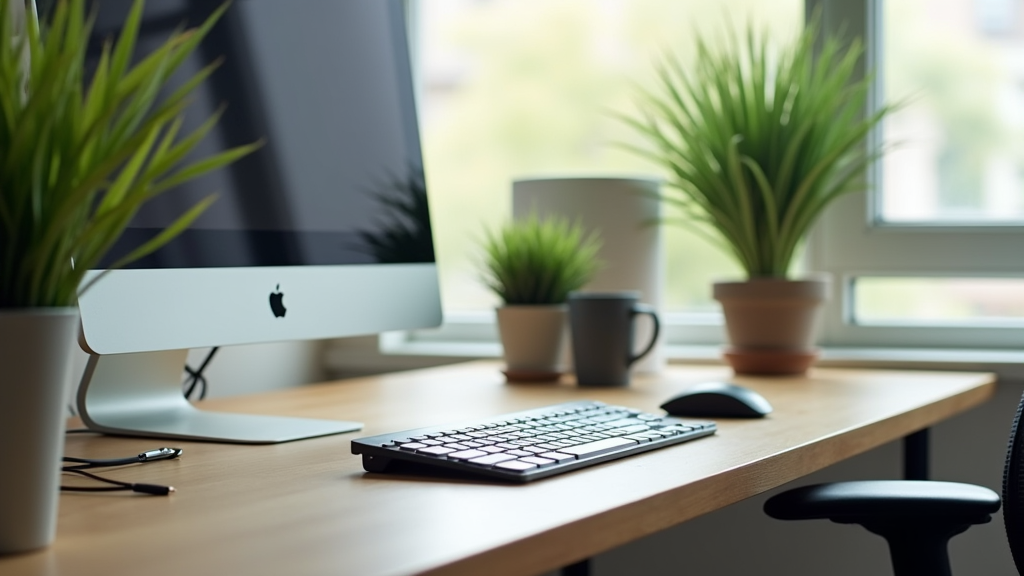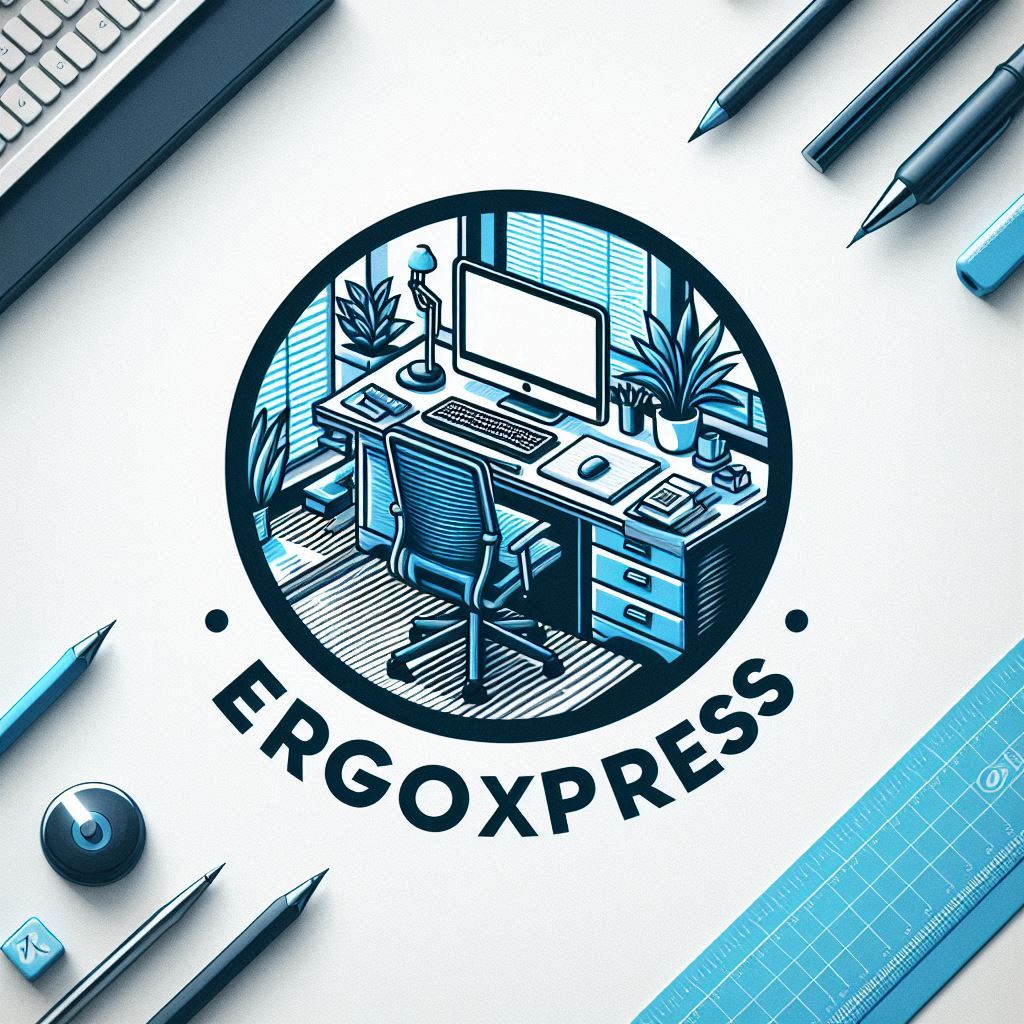If you spend a lot of time on the computer, you might’ve felt a sore or achy sensation around your elbow. Typing for work, school, or gaming can add up to hours at the keyboard, and that can sometimes bring on elbow pain. From my own experience and plenty of reading, I know how annoying this can get. It doesn’t just show up while typing, but can even creep in during daily activities like reaching for your phone or holding a cup. Here’s what I’ve learned about keeping elbow pain out of your typing routine and what you can do to keep your arms feeling good.

Understanding Elbow Pain from Typing
Developing elbow pain when you type isn’t unusual, but it does deserve some attention. When I looked into this, I found that the main reason for pain is overuse or stress on the tendons that connect to your elbow, especially the ones involved in wrist and finger movement.
The repetitive motion of typing, especially with poor posture or a less than ideal setup, can irritate these tendons. This often gets called “lateral epicondylitis” or “tennis elbow” when the pain is on the outside, or “medial epicondylitis” or “golfer’s elbow” when it’s toward the inside. Don’t let the sports names fool you. It shows up in plenty of everyday office workers and students alike.
Why Does Typing Cause Elbow Pain?
Typing too much can indeed cause elbow pain, and understanding why is helpful. Your wrist muscles and tendons connect up to your elbow, so any strain in how you hold or move your hands affects the elbow joint. You’re also holding your arms in one position for ages, which cuts down on blood flow and flexibility.
Symptoms usually show up as:
- Soreness on the inner or outer part of your elbow
- A feeling of tightness or mild swelling
- Tingling or a dull ache traveling down the forearm
This is a common issue if you’re typing long hours, don’t take breaks, or have a keyboard that sits too high or too low. If you feel any of these symptoms, it’s important to address them early.
How to Fix Elbow Pain From Typing
If you’re already noticing discomfort or pain, there are a few approaches that really help. These tips come from my own experience, chatting with physical therapists, and sifting through recommendations from health organizations like the Mayo Clinic and the American Academy of Orthopaedic Surgeons.
- Take Frequent Microbreaks: Step away for a minute or two at least every 30-45 minutes. Stretch your arms and gently rotate your wrists. Small, frequent breaks can add up to big relief over time.
- Adjust Your Keyboard and Desk: Make sure the keyboard is at a height where your elbows can relax at about 90-100 degrees, which is roughly the angle you get when holding a bowl close to your torso. Having your workspace match your natural posture takes loads of pressure off your arms.
- Apply Ice or Heat: If the area feels inflamed or swollen, an ice pack for 15 minutes helps. For chronic aches, a heating pad feels great and can help the area recover.
- Use Over-the Counter Anti inflammatories: Going easy on medications like ibuprofen can help, but sticking to healthy work habits is even more reliable and avoids side effects.
- Try Wrist Braces or Elbow Supports: Lightweight braces can relieve some tension by keeping your arm in a neutral position. These are available at most pharmacies and don’t interfere much with typing.
If pain sticks around or gets worse, checking in with a doctor or physical therapist pays off. Sometimes, instructional stretches, professional ergonomic advice, or specific therapy can make a big difference to your recovery.
Best Typing Habits to Prevent Elbow Pain
Prevention is a lot easier than trying to fix ongoing pain. I’ve found these everyday habits really useful, and most of them take little effort once you’re used to them:
- Keep Wrists Neutral: Your wrists shouldn’t bend up, down, or sideways while typing. Floating hands just over the keyboard with relaxed fingers works best.
- Use the Whole Arm When Reaching: If you need to hit a key far from home row, move your entire forearm instead of just twisting your wrist or fingers. This spreads the effort and prevents overstraining your elbow.
- Relax Your Grip: Whether it’s the mouse or the keyboard, you don’t need to squeeze tightly. A loose, comfortable grip keeps your muscles from getting overworked.
- Switch Things Up: Alternate between keyboard, mouse, and voice typing software to give your arms a rest from the same motion. Mixing tools means you move in different ways and reduce repetitive strain.
Tools such as voice to text apps, ergonomic split keyboards, or vertical mice can make your day a lot easier too. I like mixing it up if I’m doing a ton of data entry or writing a lot of emails during long workdays.
Best Desk and Chair Setup to Avoid Elbow Pain
Your workspace setup makes all the difference for arm and elbow comfort. Having a spot that fits your body helps you stay relaxed and gives your elbows the support they deserve.
- Desk Height: Your desk should allow your forearms to be parallel to the floor or angled slightly downward. A desk that’s too high or low throws your elbows out of position, which can cause strain over time.
- Chair With Adjustable Armrests: Raise or lower the armrests so your elbows rest comfortably and shoulders aren’t shrugged. The right armrest setting supports your arms and prevents long term muscle fatigue.
- Screen Placement: Your monitor’s top should be at or just below eye level so you’re not hunching or tilting your head for hours. This keeps your whole arm and shoulder chain comfortable and cuts down on strain that could reach your elbows.
- Keyboard and Mouse: Place them close so you don’t reach too far. Ergonomic keyboard trays are worth checking out if you’re at a fixed height desk. Keeping everything within your natural range of motion is key to long term comfort.
If you want to take it a step further, using a footrest keeps your feet flat and your hips level. Everything stacks better and you’re less likely to twist your body during long typing sessions. Even a small box under your desk can serve as a handy footrest if you don’t want to buy one.
An extra tip: Make sure your chair back supports the curve of your lower back, and adjust your seat so your thighs are parallel to the floor. Small adjustments can go a long way for overall comfort and help your arms feel less fatigued.
Stretches and Exercises for Elbow Health
Regular stretching and strengthening routines are super important for folks at the keyboard all day. Some exercises you can do right at the desk (even if you’re busy on video calls):
- Forearm Flexor Stretch: Extend your arm, palm up, and use your other hand to gently pull your fingers back toward you. Hold for about 15-20 seconds, and repeat a couple of times on each arm.
- Forearm Extensor Stretch: Extend your arm, palm down, and press your fingers down and back with your other hand. Hold this as well for the same amount of time.
- Wrist Rotations: Move your wrist slowly in circles in both directions to keep things from stiffening up. Doing this every hour or so can help you avoid aches later.
- Desk PushUps: Put both palms on the desk and gently press down and away, working the muscles along your arms without going flat to the floor. This activates your arm muscles gently and loosens your joints.
Consistency is key. Doing these brief stretches several times each day, especially before and after long typing sessions, can make your arms feel a lot better overall. Even a small investment of time in stretching can add up and leave you feeling more comfortable by the end of the week.
What if Elbow Pain Doesn’t Go Away?
If things don’t get better with home fixes, it’s a good idea to check in with a physical therapist or health professional. Possible conditions like chronic tendonitis or nerve problems need extra attention. Catching these early makes recovery way smoother and faster. Delaying treatment or forcing yourself to keep working through pain usually leads to a longer road back to painfree arms and hands.
Sometimes, you might need specific therapeutic exercises or even imaging to rule out more serious issues. Having a professional guide your recovery can make it easier to get back to normal activities without discomfort.
Frequently Asked Questions
Here are some common things people ask when dealing with elbow pain from typing:
Question: Can typing for work every day cause lasting elbow problems?
Answer: Typing lots over weeks or months can lead to tendon irritation that may stick around unless you change your habits or fix your workspace. Taking early action is key to preventing long term issues.
Question: What’s the fastest way to ease the pain if it flares up at work?
Answer: Give your arms a short rest, apply ice if possible, and change how you’re sitting. You’ll want to avoid pushing through strong pain or numbness. Staying aware helps a lot, and small breaks can make a world of difference.
Question: Do I need special gadgets like ergonomic keyboards or arm braces?
Answer: Not always, but a good ergonomic keyboard or an affordable wrist rest can really help if your regular gear feels awkward or cramped. Try small changes and see what feels best for you, as comfort is highly individual.
Question: How should I sit if I’m trying to prevent elbow pain at my desk?
Answer: Keep elbows at your side, bent around 90 degrees. Shoulders should feel relaxed, not hunched up. The keyboard and mouse stay within easy reach. Ideally, both feet are flat on the floor or a footrest. Good posture can take a lot of pressure off your joints and make long work sessions more bearable.
Extra Resources to Dig Deeper
If you’re curious about more advanced office ergonomics or injury prevention, check out resources from Mayo Clinic and Arthritis Foundation. They break down setup diagrams, give video guides, and list products that actually work. There’s a lot out there to help you get back to typing comfortably, and it’s totally possible to type painfree once you tweak your routine. Staying proactive and making small changes can really pay off in the long run, helping you work and play comfortably day after day.
